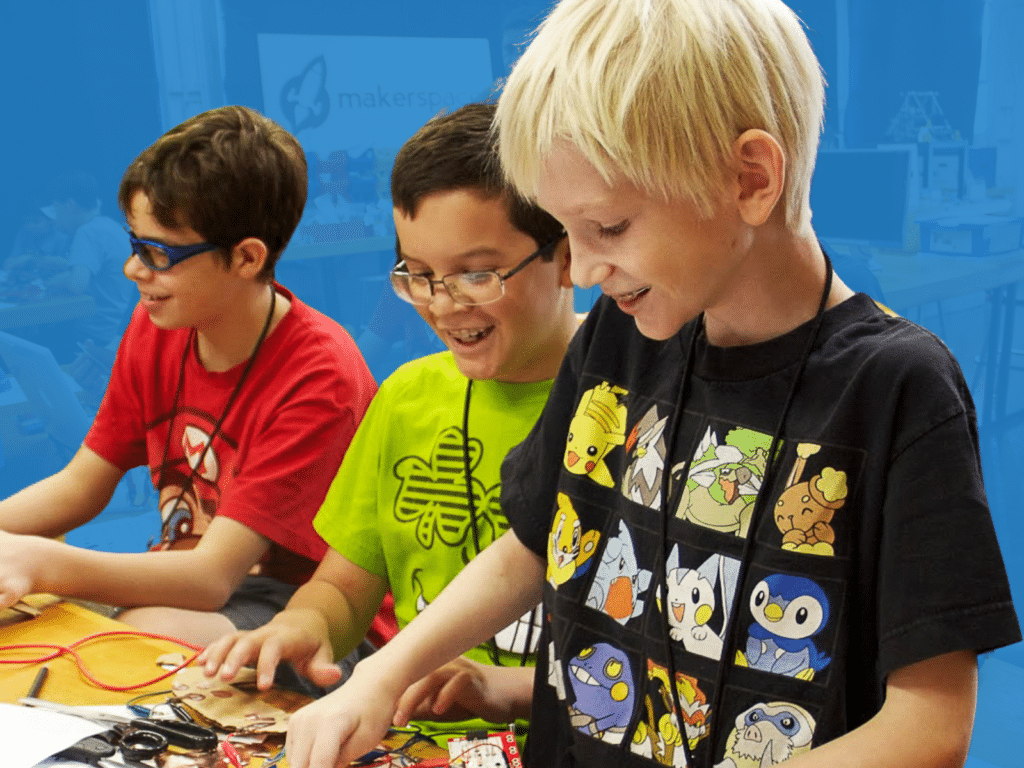You might think that the U.S. must lead the world in teaching entrepreneurial skills to our youth.
Actually, no. Many school officials under pressure to raise test scores are understandably resistant to any proposal that requires more classroom time with so many competing demands. Good intentions have led the U.S. to obsess on raising standardized test scores—sacrificing broader learning, and still failing to meet testing targets.
We’re missing a key, that entrepreneurial education can enhance performance. It gives students reasons to aspire, teaches them to fail wisely, and makes STEAM relevant.
Consider the modest country of Finland. For years now, Finland’s education system has consistently ranked at or near the top for developed countries. Here’s a look at recent rankings.
| 1. Finland | 11. Ireland |
| 2. South Korea | 12. Denmark |
| 3. Hong Kong | 13. Australia |
| 4. Japan | 14. Poland |
| 5. Singapore | 15. Germany |
| 6. United Kingdom | 16. Belgium |
| 7. Netherlands | 17. U.S. |
| 8. New Zealand | 18. Hungary |
| 9. Switzerland | 19. Slovakia |
| 10. Canada | 20. Russia |
Finland’s national goal is that entrepreneurial skills become a core competence of its citizens. Entrepreneurial learning is embedded in Finland’s educational system. No one complains that entrepreneurial education is taking time away from teaching basic skills. Entrepreneurial learning is not in competition with other subjects; it complements them.
Finland became serious about entrepreneurial education when its economy crashed in the 1990s, and its leaders recognized that it needed young people who were innovative, resilient, proactive, growth-oriented, and self-reliant. In 1994, entrepreneurship education was introduced as a new theme in school curriculums. Entrepreneurial skills were seen as a lifeline—not just for young people, but for the country.

In 2007, Finland’s economy got slugged so suddenly that a less-resilient country would have been down for the count. Nokia, once a leading maker of cellphones, accounted for about 4% of Finland’s economy. Its business was going well until the day that Apple unveiled its game-changer, the iPhone. Nokia executives, watching Jobs’ live demo, turned pale. They recognized it would be impossible for Nokia to catch up with the iPhone and futile to try. It was as if a genetically modified horse had entered the race and left every other horse in its dust. No jockey could close the gap.
But scrappy Finland would use Nokia’s demise to propel the country’s entrepreneurial initiatives. Fortunately, the groundwork had been laid with nearly a generation of Finns already schooled in entrepreneurism. Quickly, Nokia and Finland went to work helping Nokia employees spin out into new entrepreneurial ventures, finding capital and talent. So far, former Nokia employees have produced 300 startups, ranging from Valkee, maker of a bright light headset for the winter blues, to ZenRobotics, which automates recycling. The one you’ve surely encountered is Rovio Entertainment, maker of the worldwide sensation Angry Birds and a supporter of Finland’s Startup Sauna, an accelerator with co-working space in Helsinki and connections to Silicon Valley.
That’s Finland’s story.
What will our story be? What are we doing to prepare our young people for the economic changes of the future? How are we equipping them to start and lead the companies of tomorrow?
I continue to explore this in my next post. In the meantime, what do you think of entrepreneurial education and learning? Do you believe this is something that the U.S. needs to implement in order to remain competitive?



